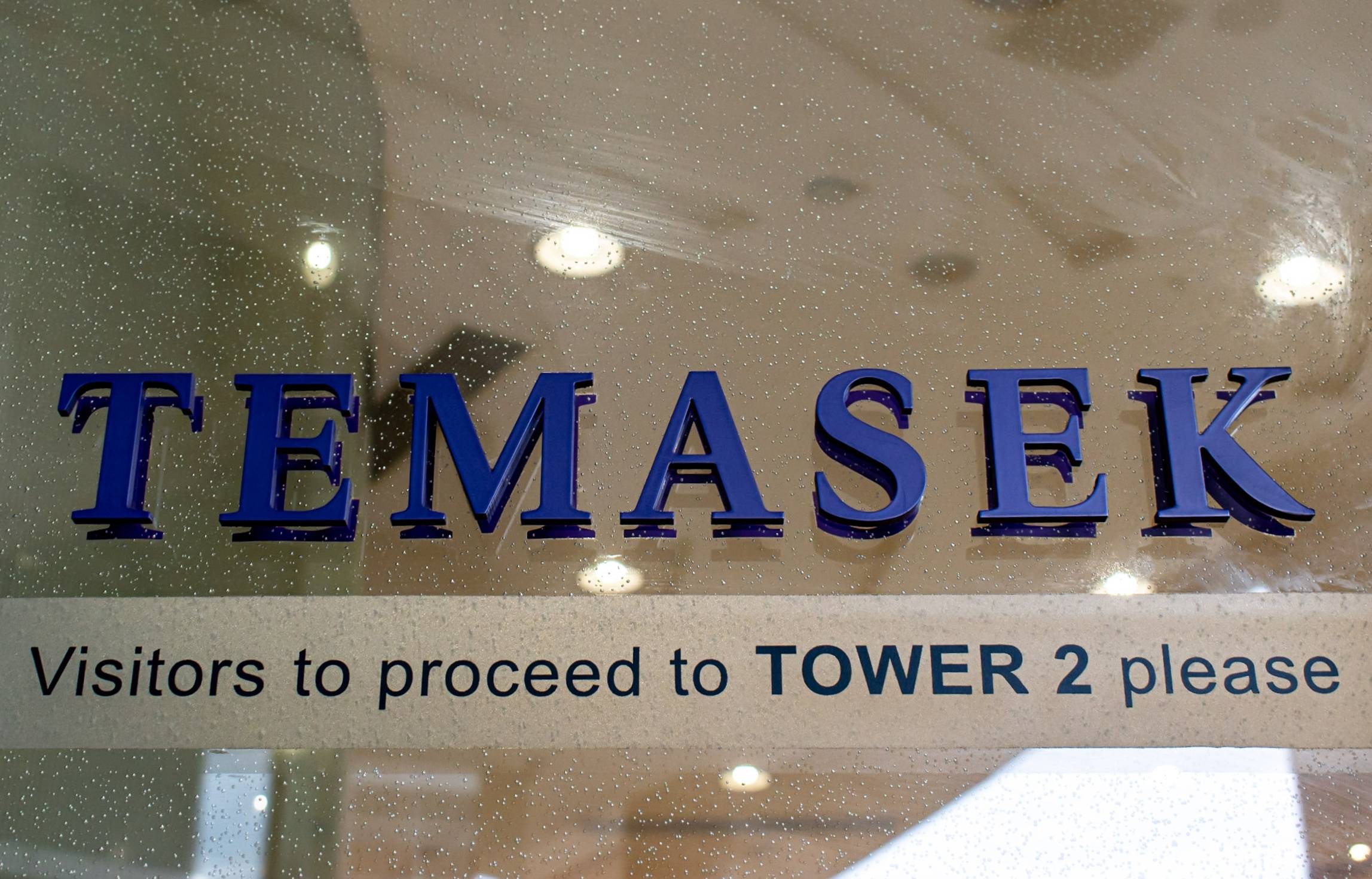

As Covid-19 deals another blow to already declining levels of foreign direct investment (FDI) globally, many are pointing towards institutional investors as possible sources to reverse this trend.
However, sovereign wealth funds (SWFs) and public pension funds (PPFs) will have to work on their resiliency to continue to be able to deploy capital internationally in a post-Covid environment.

Access deeper industry intelligence
Experience unmatched clarity with a single platform that combines unique data, AI, and human expertise.
Financial advisory boutique Global SWF released its governance, sustainability and resilience (GSR) scoreboard on 1 July, which highlighted that, while passing the governance and sustainability test, most investors failed on resilience.
While governance and sustainability have been on investors’ radar for some time now, resilience is a new concept that has emerged out of the pandemic crisis.
A significant market
Global SWF recently launched a data platform that tracks the activity of 350 SWFs and PPFs. It says these players manage more than $26.5trn of capital on behalf of 102 countries and are the world’s dominant investors in alternative assets including real estate, infrastructure and private equity.
Among them are China’s Safe IC, which manages $743bn in investable assets; Abu Dhabi’s ADIA, which runs a balance sheet of $710bn; Singapore’s GIC, which manages reserves of about $590bn; and Qatar’s QIA, which holds $345bn.

US Tariffs are shifting - will you react or anticipate?
Don’t let policy changes catch you off guard. Stay proactive with real-time data and expert analysis.
By GlobalDataThe top three investors by assets under management listed on its website are Japan’s Government Pension Investment Fund ($1.5trn); Norges Bank Investment Management – the manager of the Government Pension Fund of Norway ($1.16trn); and China Investment Corporation ($941bn).
Canadian pension funds Omers and CDPQ currently occupy the podium for the most recently active investors, with acquisitions in Australia, Brazil and Canada. They are followed by Singapore’s SWF GIC with a Chinese investment.
While this activity predominantly focuses on cross-border merger and acquisition activity, Global SWF managing director Diego López argues that another type of SWF – sovereign development funds (SDFs) – is potentially a great source for greenfield FDI. SDFs focus both on seeking financial returns and contributing to the development of their domestic economy.
“The Russian Direct Investment Fund is a great example of this,” he explains. “It managed to attract investments from 16 countries of $40bn to be invested in local projects and companies.”
Other European countries have developed similar types of funds, including Italy’s FSI/CDP Equity; France’s CDC International; and India’s National Investment and Infrastructure Fund.
Resilience focus
López explains that he intends the GSR Scoreboard to be an annual exercise to map how these investors are faring.
“We partnered with the University of Oklahoma to define a matrix of 25 elements – ten for governance, ten for sustainability and five for resilience,” he says. “We decided to rely on public information to make it as impartial and objective as possible. We are now actively seeking feedback from the investors.”
Overall, the results show that the funds passed when it came to governance (6.4/10) and sustainability (5/10) but failed on resilience (2.4/5).
The findings also show that PPFs are better governed, more sustainable and more resilient than SWFs.
Australia’s Future Fund is the only SWF to get a perfect score, ahead of NBIM and NZ Super. As a region, the Middle East struggles, with only Mubadala, ADIA and Apicorp scoring 50% or more.
Singapore’s Temasek emerged as the highest-ranked Asian fund, with an overall score of 92%.
“The Singaporean investor excels when it comes to sustainability and resilience,” the report concluded.






